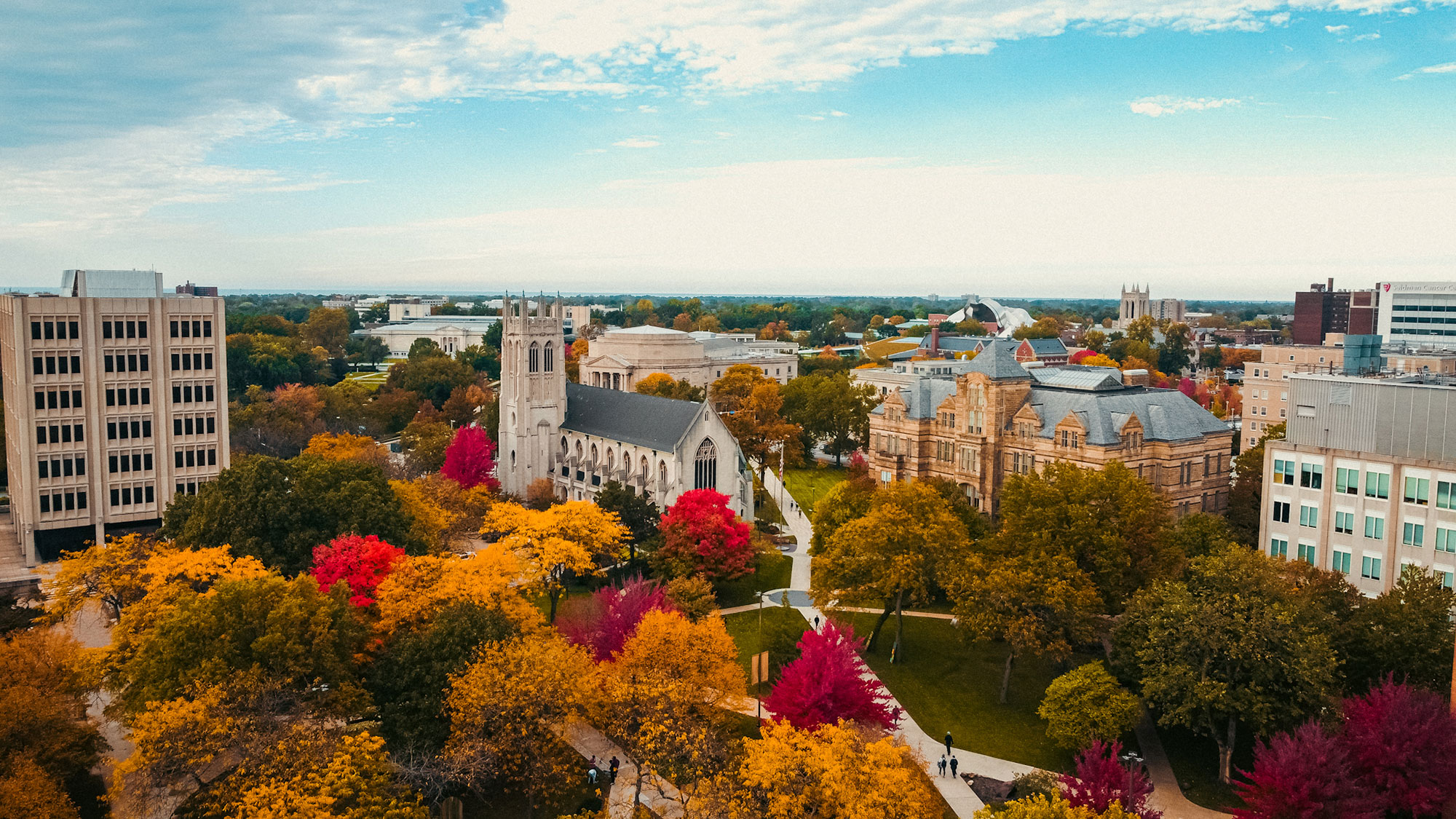
My Role
I led UX strategy and directed the cross-functional team—including information architects, designers, developers, and content specialists—as we partnered with marketing, admissions, and IT.
Key responsibilities included:
- Setting overall UX and content strategy
- Establishing governance to align decentralized stakeholders
- Guiding research and synthesis for IA and navigation
- Driving design-system adoption and accessibility standards
- Coordinating with development on CMS migration and front-end integration
- Reporting progress and building executive buy-in
Context & Challenges
The Case Western Reserve University website was last redesigned in 2014. While that project made the site mobile-first and responsive, by 2020 the look and feel felt dated and the structure no longer served the university’s goals—especially for prospective students.
Analytics and conversations with students revealed several pain points:
- Applying to the university wasn’t straightforward, with different application paths depending on the program.
- The brand was not well recognized nationally, and the site didn’t clearly convey what CWRU is known for.
- Prospective students struggled to find academic programs.
- The framework wasn’t as nimble as we needed for continuous improvement.
- News-heavy content dominated pages, while prospective students were often seeking information about programs, admissions, and campus life.
Our goal was to redesign the top-level site with prospective students in mind, improving clarity, brand presence, and usability.
The Solution
Guided by research and analytics, we focused on creating an experience that reflected the needs of prospective students while supporting CWRU’s identity.
Key improvements:
- Introduced a clearer visual hierarchy and streamlined navigation.
- Made program discovery easier with direct paths to academic program pages.
- Strengthened the university’s visual identity with a modern, clean design and better use of white space.
- Highlighted what makes CWRU stand out—student experiences, accomplishments, and outcomes.
- Added a robust Campus Life section to showcase the vibrant campus community.
- Ensured accessibility across all pages.
- Built the new site using a decoupled React front-end integrated with Drupal, enabling flexible design and fast updates.
Get to know the users
To keep the redesign audience-focused, we conducted:
- Surveys and user testing
- Stakeholder interviews and focus groups
- Competitor reviews
- A deep dive into analytics to map traffic patterns
While prospective students remained the primary audience, we also created secondary personas, including graduate students, parents, international students, current students, faculty, and staff—each with their own needs and goals.
Content audit and writing
We inventoried the existing site, identifying what to keep, revise, or remove.
This led to a new information architecture and site map, created in partnership with the university’s strategic communications team, to ensure that content aligned with user needs and institutional goals.
Sketching, Design, Review and Revisions
Working closely with a front-end developer, I created visual concepts for the new site in Adobe XD.
We presented these to key stakeholders, iterating based on feedback until we reached a final design that balanced stakeholder input with user-centered priorities.
Coding, Testing, and Revisions
The top-level site was built as a decoupled React application connected to Drupal 9.
This approach allowed us to:
- Empower editors to manage content through Drupal
- Push updates instantly to production
- Quickly build and deploy new components as needed
Analytics were monitored bi-weekly and tools like Hotjar were used to observe user behavior, making data-driven refinements over time.


